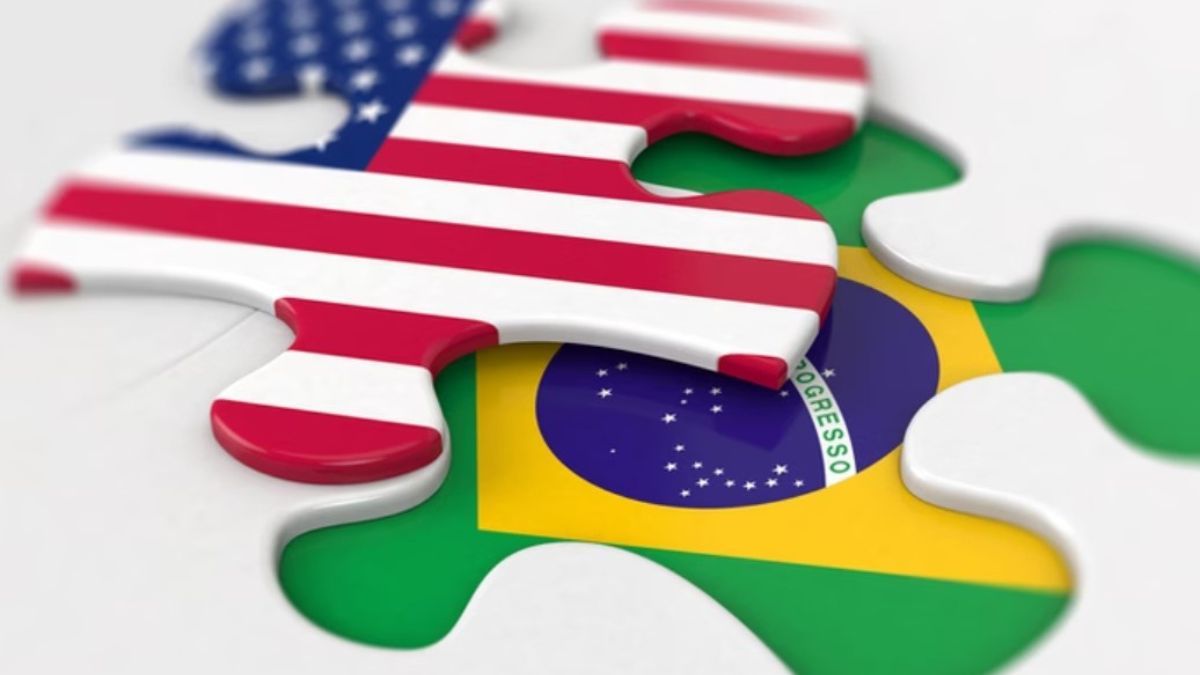Even before the announcement, the tariff war is seen as negative by small businesses

The sector that employs the most and creates the most opportunities in Brazil was already classifying the tariff war as negative for businesses in Brazil, even before the US government announced the measures. The survey "The Tariff War Between the United States and Other Countries" was conducted last month (in June) by Sebrae and the Getúlio Vargas Foundation, aiming to gauge the opinion of small business owners on President Donald Trump's threats of increased trade tariffs.
And even before the 50% tariff hike was announced, more than 60% of small business entrepreneurs interviewed in the survey had already heard about the tariff war. . Small businesses considered the measures negative, especially for commerce (50.7%).
Our interpretation of the research is that there is no positive effect on the process triggered by the tariff war. It's time to demonstrate Brazil's economic greatness. Brazil is much bigger than a border aggravation. And the small economy is showing this. Therefore, let's stand firm and face adversity. We need to believe in ourselves, in our economy, in the current government's negotiating ability, in our capacity for resilience and change.
Décio Lima, president of Sebrae.
Small businesses have been a bellwether for the Brazilian economy. In the first half of this year alone, 2.6 million small businesses were opened in the country. The number of new MEIs (Individual Micro-Individuals) registered a 13.2% increase compared to June 2024, and micro and small businesses registered a 3.8% increase. Furthermore, by May, these companies accounted for just over 60% of the country's employment.
Currently, 68% of small business exports are made to the Americas (28% South America, 24% North America, and 7% Central America and the Caribbean). The president of Sebrae notes that, in recent years, there has been significant growth in small businesses' access to the international market.
The number of entrepreneurs selling products and services to other countries has grown 120% in the last 10 years, while medium-sized and large companies have grown 29% in the same period. Small businesses represent 41% of all exporting companies, despite generating only about 0.9% of the total resources.

According to a survey by Sebrae, a 152% increase in the value of sales by small businesses was recorded over the past 10 years. In 2023, this segment generated US$2.8 billion, the best result recorded in any year prior to 2020, second only to exports made in 2021 and 2022.
Manufacturing companies account for 72.4% of exports by small businesses (a 128% increase between 2013 and 2023). Next come small rural properties with 18.5% (a 336% increase over 10 years), followed by extractive companies, which account for 4.4% of exports by small businesses, a 309% increase over the period.
Research numbers
Have you heard about the tariff war between the United States and other countries? Yes, I've heard of it.
- Medium and large – 67.5%
- MEI – 62.6%
- SMEs – 67.4%
Yes, I know the subject well.
- Medium and Large – 26.3%
- MEI – 13.2%
- SMEs – 20.7%
No, I don't know what it's about.
- Medium and Large – 6.2%
- MEI – 24.2%
- SMEs – 11.9%
agenciasebrae





